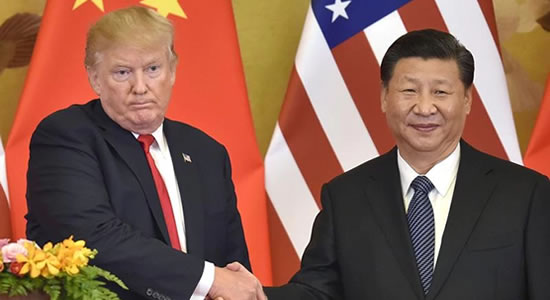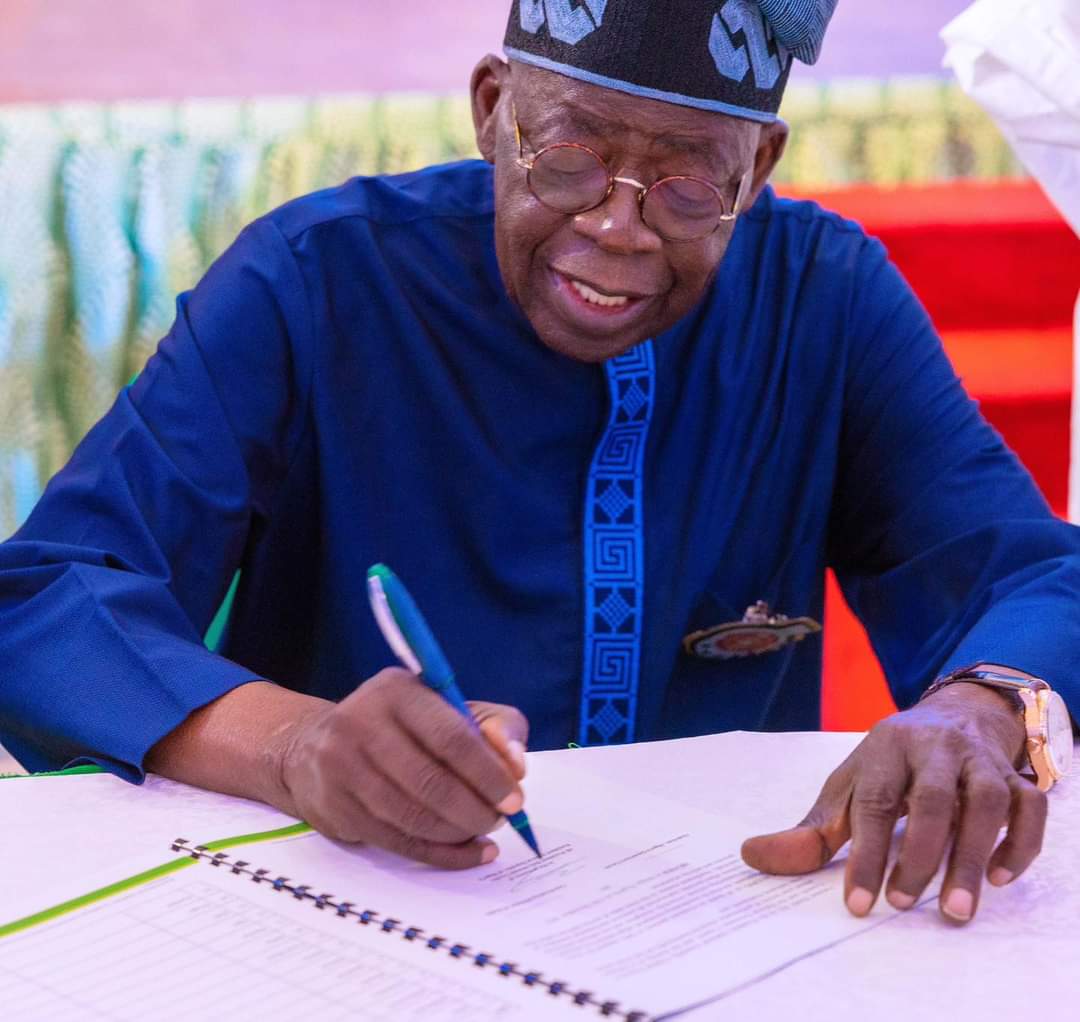China’s rising investment in research and expansion of its higher education system suggests it is fast closing the gap with the United States in intellectual property and the struggle to be at the top in global technology power, according to patent experts.
According to the experts, while U.S. President Donald Trump’s threat of punitive tariffs on high-tech U.S. exports could slow Beijing’s momentum, it won’t turn back the tide.
Washington’s allegation that the Chinese have engaged in intellectual property theft over many years which is denied by Beijing is a pivotal reason for the worsening trade conflict between the U.S. and China.
Forecasts for how long it will take for Beijing to close the technological gap vary though several patent specialists say it could happen in the next decade. And China is already leapfrogging ahead in a couple of areas.
“With the number of scientists China is training every year it will eventually catch up, regardless of what the U.S. does,” said David Shen, head of IP for China at global law firm Allen & Overy.
Indeed, IP lawyers now see President Xi Jinping’s pledge earlier this week to protect foreign IP rights as projecting confidence in China’s position as a leading innovator in sectors such as telecommunications and online payments, as well as its ability to catch up in other areas.
Last year, China overtook Japan as the No. 2 patent filer in the world, with 13.4 percent annual growth, according to the World Intellectual Property Organisation. If maintained, the pace will take it above the United States in just over a year, a strong indication of its ambitions.
That progress has been built on foundations which are likely to strengthen further.
China now spends 2.1 percent of its gross domestic product on research and development, not yet matching U.S. levels of 2.75 percent, but a remarkable growth from just 0.7 percent in the 1990s and nearing the 2.35 percent average among members of the Organisation for Economic Co-operation and Development.
World Bank data shows China now produces 1,177 R&D researchers per million of its population, three times the level in the 1990s and in line with the world average.
The U.S. produces much more researchers per million at 4,321 but that is more than offset by China’s population being about four times the size.
And the number of Chinese researchers is only going to increase.
According to United Nations Educational, Scientific and Cultural Organisation, China now enrols more than 40 percent of its students in tertiary education, half the U.S. percentage, but a staggering rise from 0.1 percent in the 1970s.
“If you’re looking out 5-10 years you’ll see a much more level playing field in terms of innovation, especially around online platforms, digital innovation, machine learning and artificial intelligence,” said Richard Titherington, chief investment officer for Asian emerging markets at J.P. Morgan Asset Management, who overseas $80 billion in assets.
Titherington says online payments is the clearest example where China has leapfrogged the United States, with mobile phones replacing credit cards almost entirely as a means of payment in major Chinese cities, while “many Americans still use cheques.”
He said that stock markets provide one sign of Chinese progress at least in the eyes of investors.
The total returns on Facebook Inc stock since its listing in 2012 were 373 percent, versus 883 percent for its Chinese social media rival Tencent Holdings.
In microblogging, Twitter Inc returned a 28 percent loss since its 2014 listing, while Weibo Corp a whopping 656 percent gain.
IP experts, however, say China is still behind in areas such as semiconductors, robotics, and biotech.




















